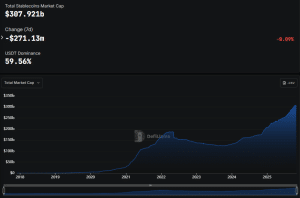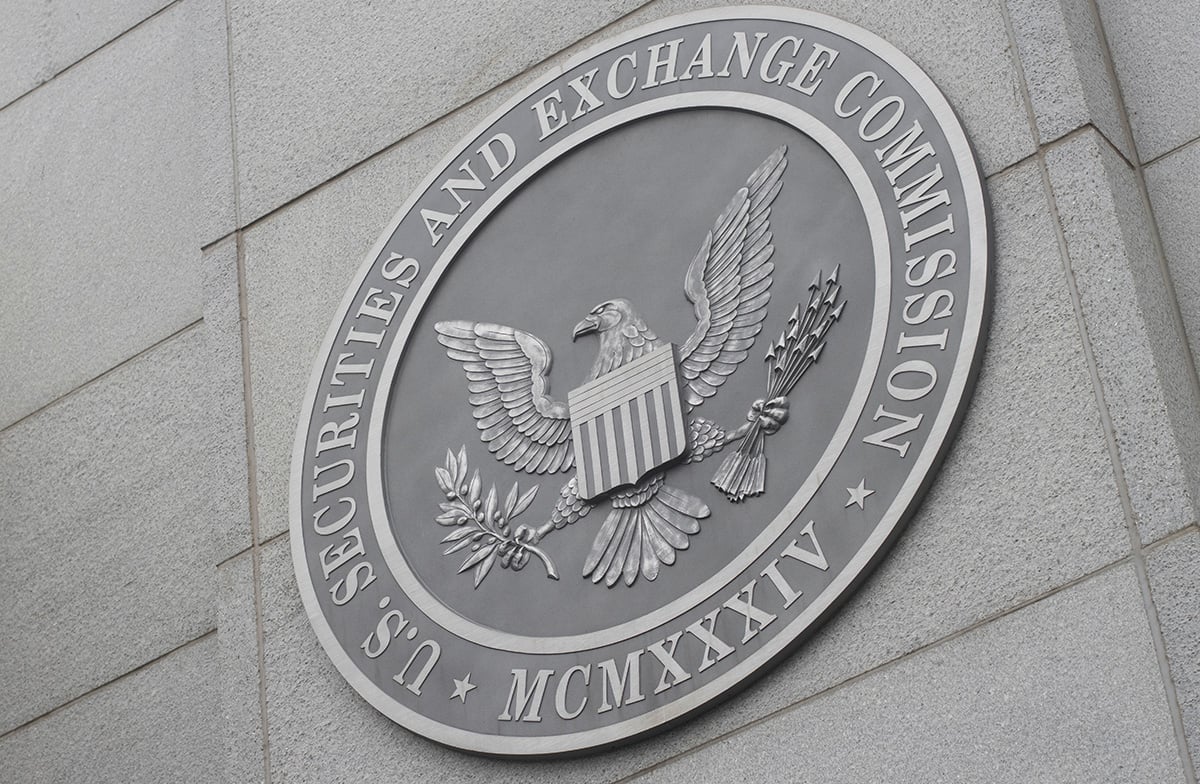In a new report that was shared by policy chief Faryar Shirzad, the exchange argued that most stablecoin demand comes from international users seeking US dollar exposure, not from domestic banking customers. Coinbase said stablecoins serve as essential infrastructure for global commerce rather than competition for banks, and added that community banks and stablecoin users “barely overlap.” Meanwhile, South Korea’s BDACS announced plans to launch a won-backed stablecoin, KRW1, on Circle’s new Arc blockchain. This means it is joining the growing list of national issuers on the network.
Coinbase Pushes Back on Bank Concerns
Coinbase pushed back against the growing fears from US banking groups that stablecoins could undermine the traditional financial system by draining bank deposits and weakening lending capacity. In a new market note that was shared by Coinbase’s chief policy officer, Faryar Shirzad, the exchange argued that such concerns are misplaced and do not reflect how stablecoins are actually used in practice.
“The ‘stablecoins will destroy bank lending’ narrative ignores reality,” Shirzad said, and explained that most of the demand for stablecoins comes from outside the United States. According to Coinbase, the tokens are primarily being used in emerging markets as a way for people and businesses to gain access to the US dollar, hedge against local currency depreciation, and participate in digital finance systems that operate independently from domestic banking networks.
The company’s research suggests that stablecoins have become “the transactional plumbing of a new financial layer” that exists largely outside the traditional US banking system. Coinbase mentioned that roughly two-thirds of all stablecoin transfers take place across decentralized finance and blockchain platforms, which proves their role in global commerce rather than in competing with local bank deposits.
Banking industry representatives raised alarms that stablecoins offering yield could draw funds away from bank accounts, and could potentially cause outflows and put pressure on smaller community banks. Coinbase dismissed this idea by saying there is “barely any overlap” between community bank customers and typical stablecoin users. Instead, it argued that banks could actually integrate stablecoins into their operations to enhance payment speed and access.
X post from FaryarShirzad
The report also warned against exaggerated forecasts of stablecoin growth, and stated that even if global circulation reached $5 trillion over the next decade, the majority of that value would be held abroad or within digital settlement systems, not taken from US checking or savings accounts. With commercial bank deposits in the United States already exceeding $18 trillion, Coinbase said any direct impact from stablecoin use would be minimal.
Shirzad concluded that rather than posing a threat, stablecoins actually strengthen the US dollar’s role in the global economy.
BDACS to Launch Stablecoin on Circle’s Arc
In other stablecoin-related news, South Korean crypto custodian BDACS is preparing to issue a won-backed stablecoin, KRW1, on Circle’s newly launched blockchain network, Arc. The Busan-based firm signed a memorandum of understanding with Circle to develop and deploy the digital won, and established what it described as an “organic cooperative framework” that is aimed at linking South Korea’s financial innovation with the global stablecoin ecosystem.
BDACS CEO Ryu Hong-yeol said that the collaboration is a major milestone for Korea’s participation in the global digital asset market. The company first registered the KRW1 trademark in December of 2023 and officially launched the stablecoin in September after a proof-of-concept with Woori Bank.
During the pilot, KRW1 was issued on the Avalanche blockchain, fully backed by South Korean won held in escrow at Woori Bank. The stablecoin’s reserves are verifiable in real time through the bank’s API integration, to ensure transparency and compliance with local financial regulations.
The announcement was made a day after Circle launched the public testnet for Arc, which the company describes as an “Economic Operating System for the internet.” Arc is designed to integrate traditional financial infrastructure directly on-chain, offering predictable dollar-based transaction fees, near-instant finality, and optional privacy features.
Over 100 major global institutions — including BlackRock, Goldman Sachs, Visa, Mastercard, and State Street — have already joined Arc’s testnet. In addition to the US dollar-backed USDC, stablecoin issuers from Japan, Brazil, Mexico, and the Philippines are testing their own national tokens on the network. With KRW1’s deployment, South Korea joined this growing list of participants exploring fiat-backed assets on Arc.
Announcement from Circle
Meanwhile, the Bank of Korea’s plan for local banks to take the lead in developing won-backed stablecoins attracted criticism from industry experts. Sangmin Seo, chair of the Kaia DLT Foundation, called the proposal “illogical,” and argued that the central bank should instead establish clear and fair guidelines allowing both banks and non-bank entities that meet regulatory standards to issue stablecoins.
Source: https://coinpaper.com/11994/coinbase-defends-stablecoins-against-bank-fears


